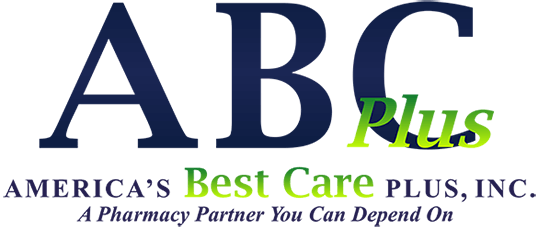Fall is a time for cozy sweaters, pumpkin spice everything, and…sniffles? Yep, fall allergies can put a damper on those crisp autumn days. But fear not, fellow foliage fans! This blog will help you rake in the knowledge you need to manage fall allergies and breathe easy.
Common Causes of Fall Allergies
While springtime gets all the glory (or should we say “grime”) for allergies, fall has its own band of bothersome triggers. Here are the usual suspects:
- Ragweed: This notorious plant is a major offender in the fall. Just one ragweed plant can produce up to a billion grains of pollen, which can travel hundreds of miles, causing misery for many.
- Tree Pollen: Trees like elm, cedar, and oak also release pollen in the fall, adding to the sneeze fest.
- Mold: With the dampness of fallen leaves and decaying vegetation, mold spores become airborne, making it a tough time for mold-sensitive individuals.
- Dust Mites: As we start cranking up the heat indoors, dust mites can become a significant problem, contributing to allergy symptoms.
Preventing Fall Allergy Exposure
Prevention is key! Here are some tips to help you avoid the fall allergy frenzy:
- Check the pollen count: Many weather apps and websites offer daily pollen forecasts. Plan your outdoor activities for low-pollen days.
- Seal up the house: Keep windows closed during peak pollen hours and use air conditioning with a HEPA filter.
- Change clothes and shower: When you come inside, remove pollen-coated clothes and take a shower to rinse it off your skin and hair.
- Invest in a dehumidifier: This can help control indoor mold growth.
- Delegate outdoor chores: If possible, let someone without seasonal allergies handle the yard work, especially tasks like raking leaves or cleaning gutters that increase your exposure to mold and pollen.
Managing Symptoms
Despite your best efforts to avoid allergens, symptoms might still sneak up on you. Here’s how to manage them:
- Nasal Irrigation: Using a saline solution to rinse your nasal passages can help clear out pollen and reduce congestion.
- Over-the-Counter Medications: Antihistamines and decongestants can provide temporary relief from symptoms.
- Nasal Corticosteroids: These prescription-strength sprays can provide more powerful relief from tough or persistent symptoms. Be sure to follow the recommended use, as these can cause rebound congestion.
- Stay Hydrated: Drinking plenty of water can help thin mucus and keep you feeling better.
Treatment Options
For those seeking longer-lasting relief, treatment options are available:
- Immunotherapy: This includes allergy shots or sublingual allergy drops, which can help your body build tolerance to allergens over time. Our compounded sublingual allergy drops are a convenient and effective option for those who prefer not to get injections.
- Prescription Medications: In some cases, prescription-strength medications may be necessary. Consult your healthcare provider for personalized advice.
Fall allergies don’t have to put a damper on your seasonal fun. By understanding the common causes, taking preventive measures, and exploring treatment options, you can enjoy all that autumn has to offer without the annoying symptoms.
Ready to take control of your allergies? America’s Best Care Plus offers compounded sublingual allergy drops tailored to your specific needs. Our convenient mail-order pharmacy ensures you get the relief you need right at your doorstep. Explore our allergy solutions today and breathe easier this fall!

